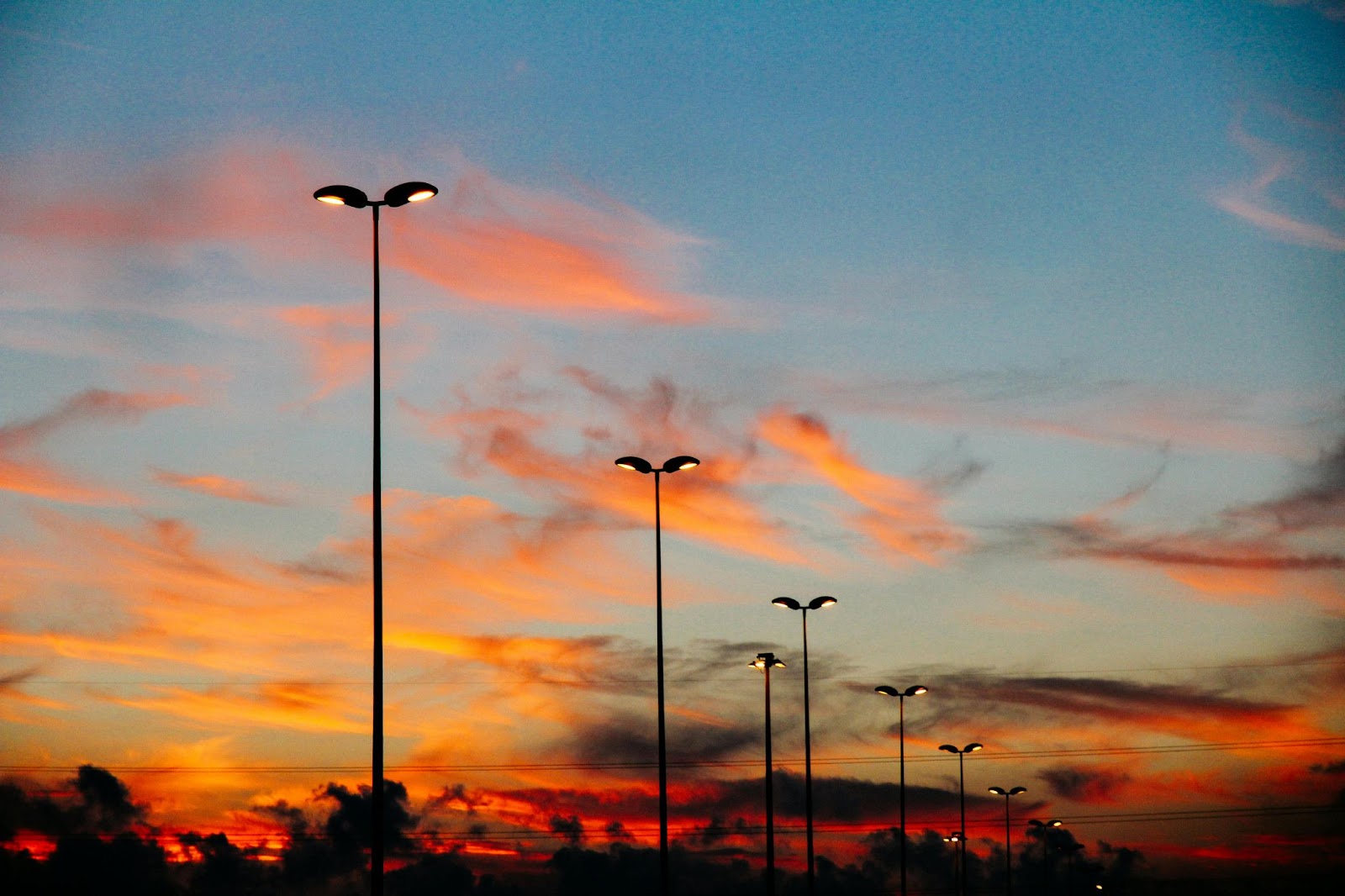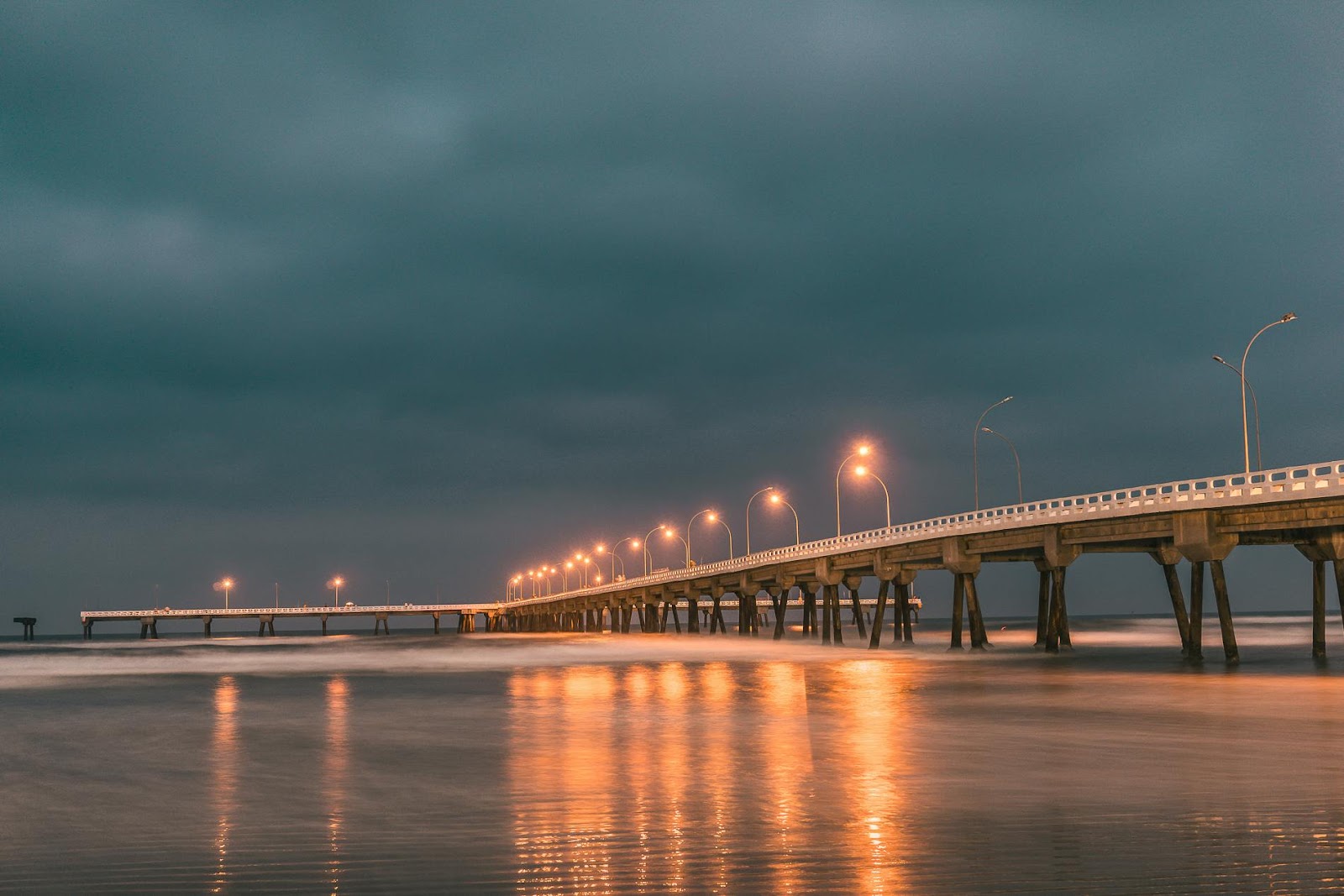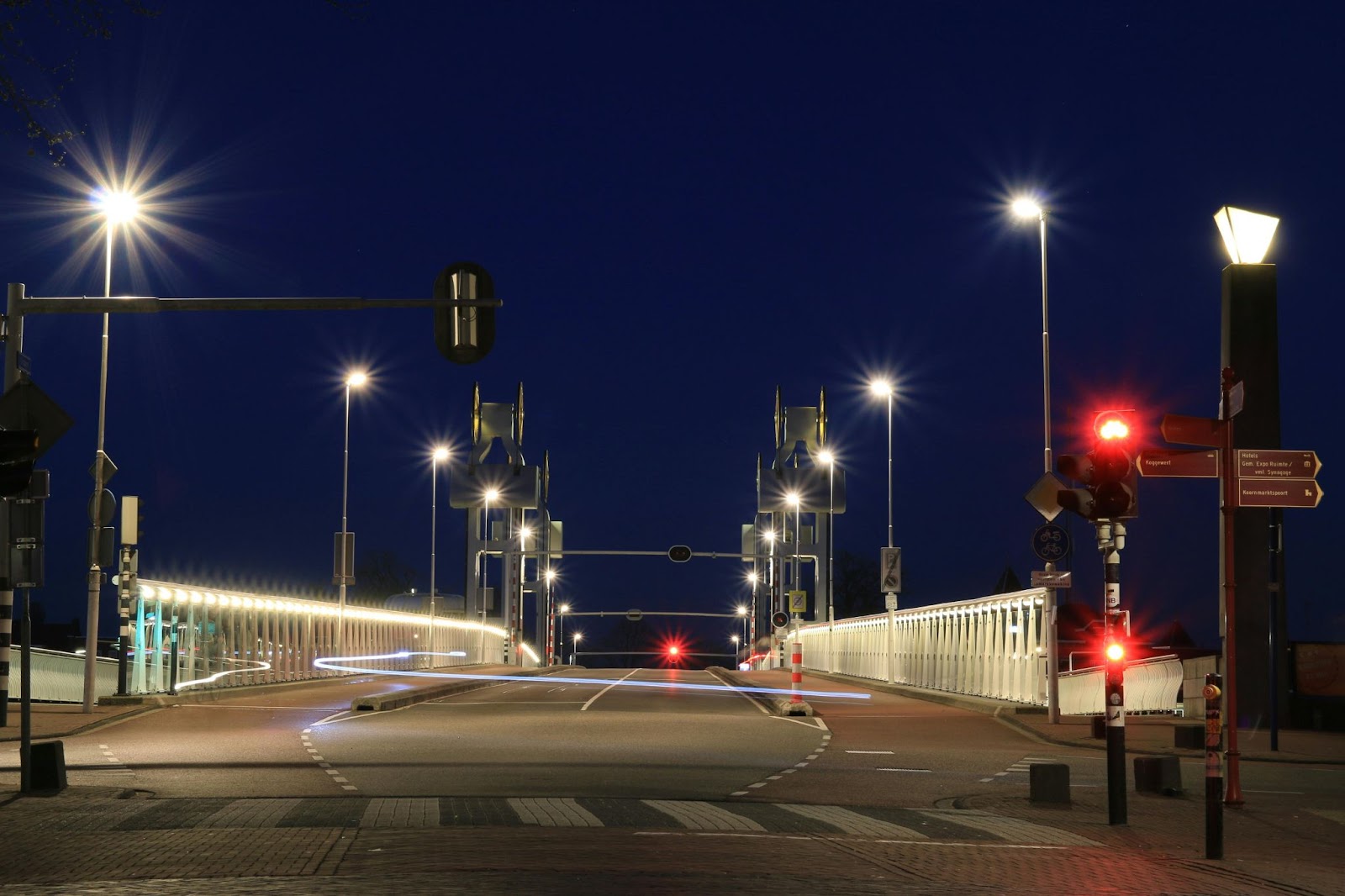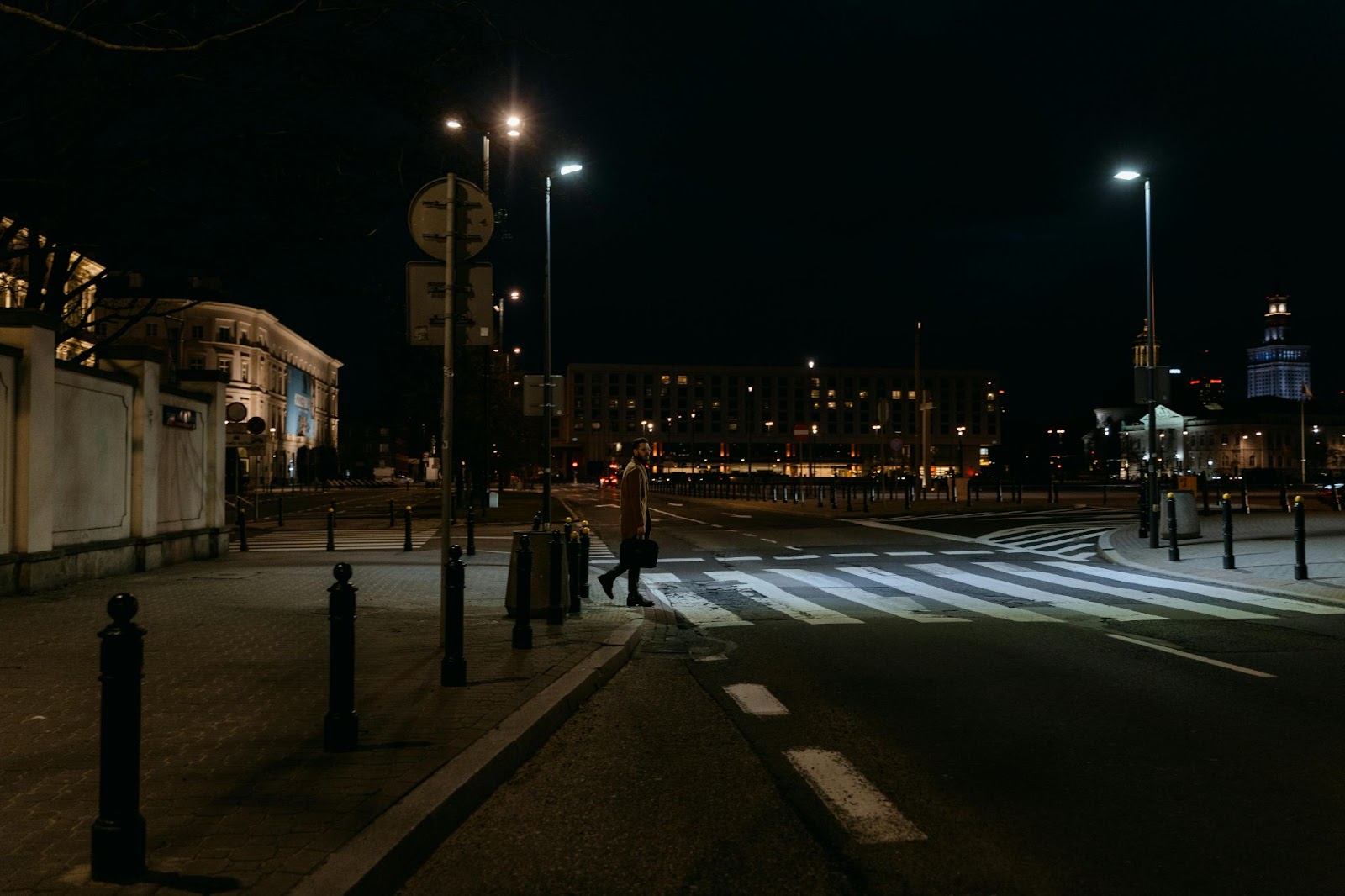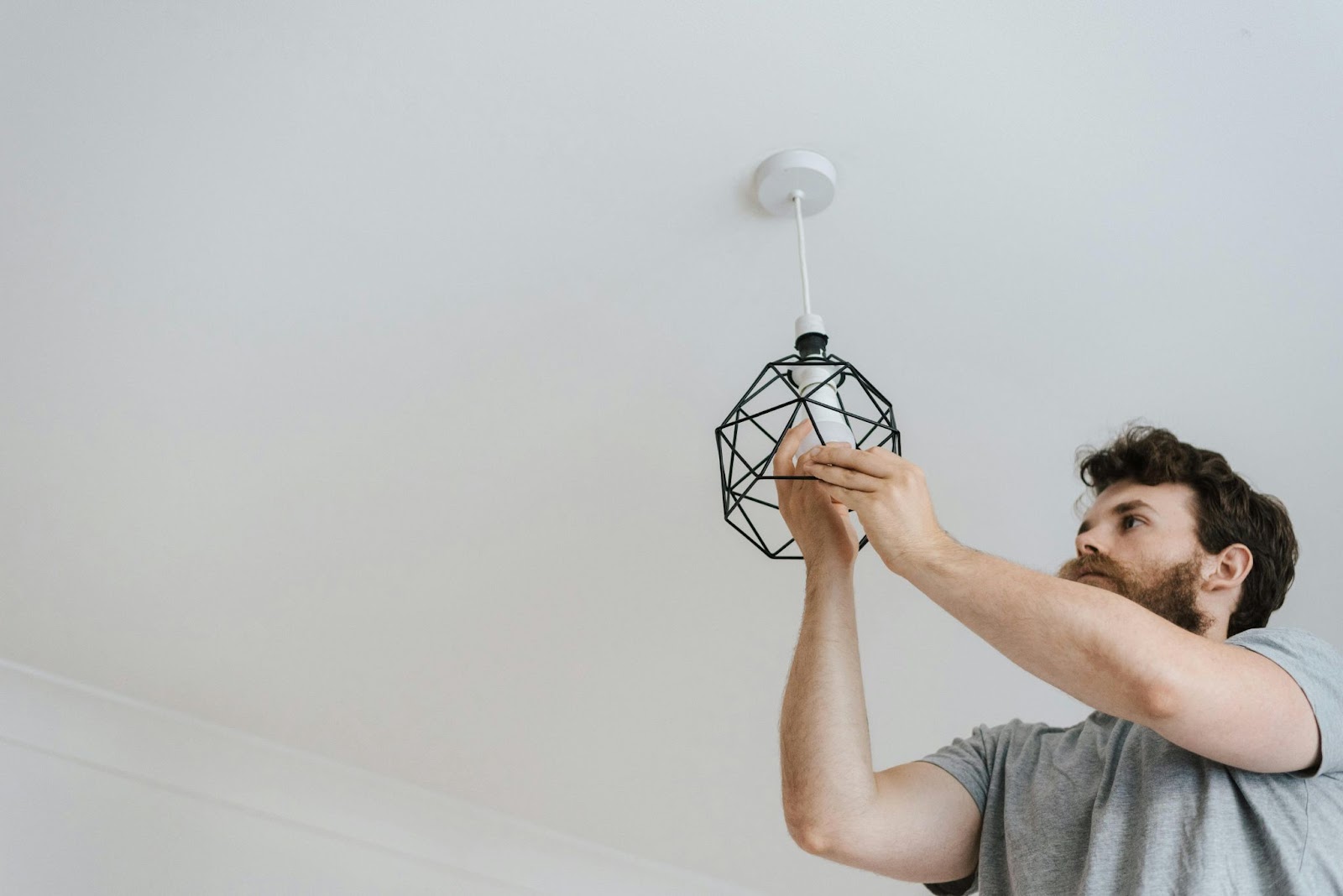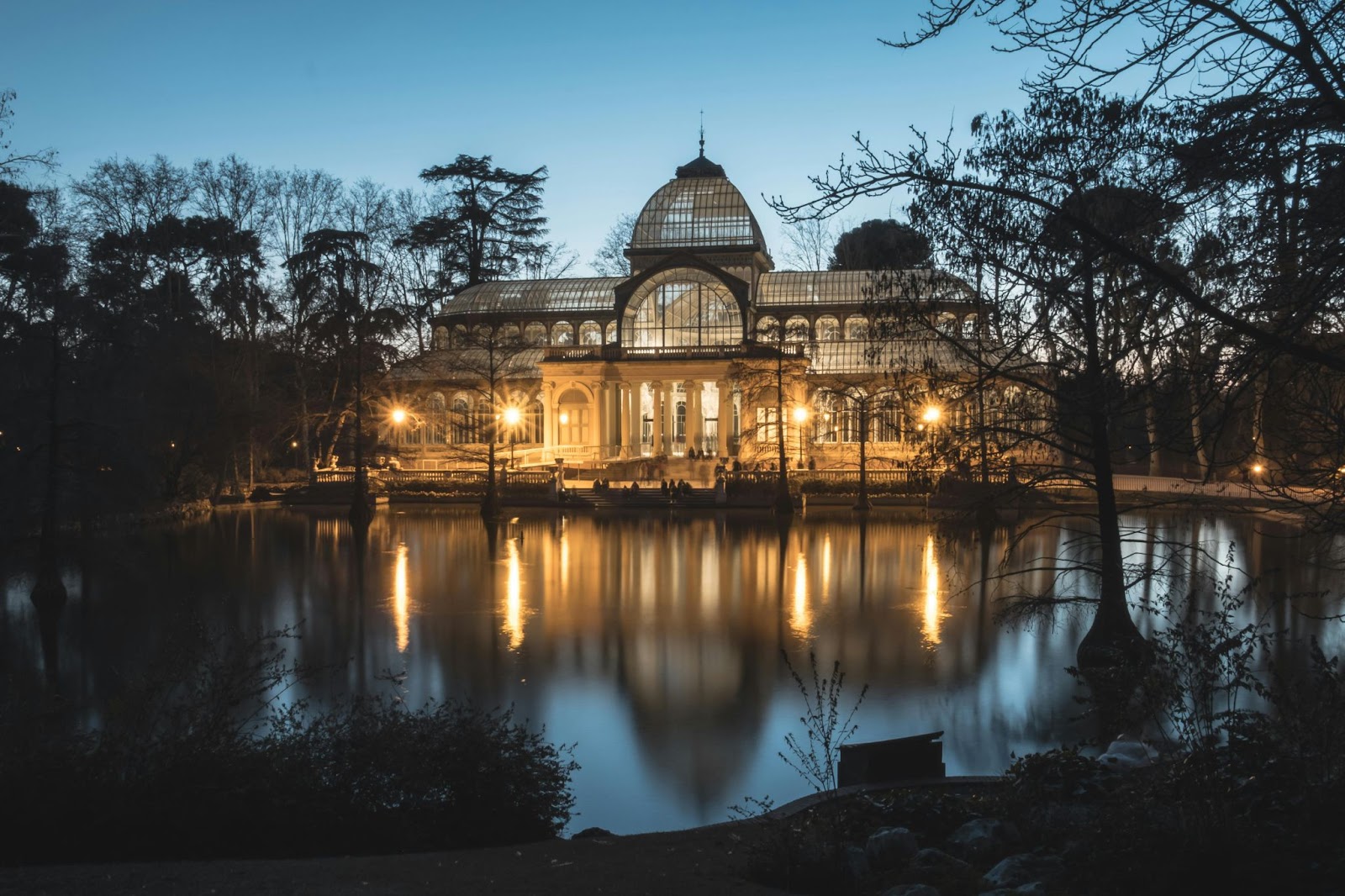Growing in popularity as a cost-effective and environmentally friendly lighting solution for houses, yards, and outdoor spaces are solar lights. They are the best option for reducing carbon emissions and power costs since they use sunlight to create energy for illumination. This article will walk you through the many kinds of solar LED lights, explain […]
Growing in popularity as a cost-effective and environmentally friendly lighting solution for houses, yards, and outdoor spaces are solar lights. They are the best option for reducing carbon emissions and power costs since they use sunlight to create energy for illumination.
This article will walk you through the many kinds of solar LED lights, explain how they work, and provide advice on which ones are best for your needs. We’ll also provide tips on how to maintain them properly and maximize their effectiveness.
What are Solar Lights?
LED lights powered by solar are fixtures that use solar panels to collect sunlight and generate power. Rechargeable batteries store this energy for use at night or in low-light conditions. They usually come with a controller to regulate battery charging, an LED light, a battery, and a solar panel.
These lights are becoming more and more well-liked due to their economical, eco-friendly, and energy-efficient features. They are used both inside in off-grid environments like cottages and RVs and outside for lighting streets, gardens, and pathways.
With its ability to adjust to changing lighting situations and their versatility, solar lights are a great choice for a variety of settings. They come in lantern and floodlight forms and sizes.
What are Common Mistakes Associated with Solar Lights?
Frequently made errors with solar lighting include the following:
Place solar lights where they can get direct sunshine all day long for optimal charging. This is especially important for installations in shady locations. Weak or no charging might result from shadowy areas.
Ignoring panel cleaning:
Over time, dirt and dust may accumulate on solar panels, decreasing their effectiveness. To keep them gleaming brilliantly, give them a regular cleaning with a gentle cloth and some light detergent.
Inadequate positioning:
For best lighting, mount solar lights at the proper height and angle. They may not light up as intended if they are positioned too high, too low, or at the incorrect angle.
Not completely charging the battery: Give the battery time to fully charge before turning on your solar lights for the first time. A partially charged battery may give out a low or no light at all.
Using the incorrect kind of battery:
Only use the rechargeable battery type that is suggested for your solar lights. Choosing the incorrect one might result in harm or poor performance.
Exposure of lights to harsh weather:
Although solar lights are weatherproof, it is best to keep them out of harm’s way during strong storms or periods of intense heat since these conditions may impact their functionality.
Improper off-season storage:
To avoid damaging the batteries or other components, store your solar lights in a cool, dry location when not in use.
Solar lighting troubleshooting tips
Here are some pointers for troubleshooting solar lights:
Clean the solar panel:
Make sure the panel is clear of debris and dust. The battery may not charge as efficiently on a filthy panel.
Examine the battery:
The battery can be low on charge or dead if the light won’t turn on or is dim. Check to see whether the battery needs to be replaced or if it is charged correctly.
Verify the switch:
Ascertain that it is in the “on” position and not in the “off” position.
Evaluate the venue:
Position the solar light such that it receives direct sunshine throughout the day. Shaded areas may make charging improper.
Angle and height adjustments are necessary to get the best possible brightness from the fitted light.
Examine all wiring for correct connections and any indications of damage.
Inspect the solar powered light bulbs:
A defective set of bulbs may be the cause of the low illumination. Verify the correctness of their connection.
Clean the light sensor:
Poor or filthy light sensors might interfere with functionality. Check its operation and give it a cleaning.
Check the timing settings to make sure the light turns on and off at the appropriate times.
Examine the area for interference:
Wireless routers and other adjacent devices may cause issues for the light to function. Attempt to adjust the brightness or switch off any adjacent equipment.
Think about the lights around you:
The light sensor may be impacted by lights from neighboring neighbors or streetlights. If needed, reposition the light.
Refer to the instruction manual:
Consult the manufacturer’s instructions or get in touch with them if you have any questions.
How do you maintain solar lights?
The following advice will help you maintain and preserve the brightness of your solar lights:
Frequent cleaning:
Use a gentle cloth and soapy water to wipe off the solar panel to get rid of any dust or grime that may have accumulated over time.
Examine the battery:
To ensure peak performance, keep an eye on the battery and replace it if necessary.
In order to ensure that your solar lights switch on and off at the appropriate times, keep an eye on the light sensor.
Replace any malfunctioning components:
Replace any malfunctioning elements as soon as possible, such as the solar panel or the LED lightbulb.
Keep solar panels out of the shadow:
Place your solar panels in a spot where they will get direct sunshine and away from any obstructions or shade.
Winter storage:
To preserve your solar lights from the cold and snow, if you live in a snowy location, keep them inside during the winter.
Examine the wiring:
Make sure there are no loose or broken wires that might impair performance by routinely inspecting the wiring.
How are Solar Lights Powered?
Solar lights function by collecting solar energy to power their devices. This is how it works:
Solar panels:
Made of photovoltaic cells, these panels are often installed above the light. These solar-absorbing cells transform light into electrical energy.
Rechargeable battery within light fixture:
During the day, the light fixture’s solar panels power this battery. The energy produced by the solar panels is stored in this battery for later use.
Activation:
An internal controller of the light fixture turns on the LED bulb when the sun sets or the light sensor senses low light levels. This lamp produces light by using the energy that the battery has stored.
Lighting:
The battery’s stored energy powers the LED bulb, which produces efficient, brilliant light.
The amount of sunshine exposure, battery capacity, and LED efficiency are some of the variables that affect how long the light lasts. While some solar lights just need a few hours to function, some may last up to twelve hours or more.
How do Solar Panels Work?
The photovoltaic effect is how solar panels convert sunlight into energy, which makes them quite cool. This is how it works:
Sunlight strikes the solar panel:
Direct sunlight causes a cool reaction to occur on the silicon-based solar cell’s surface.
Energized electrons:
The silicon material’s electrons get a boost from photons, which are little light particles. These electrons get loose from their atoms due to this energy burst and begin to move.
Electric current:
These charged electrons whizz about, creating a flow of electricity known as the electric current. Connecting cables to the solar cells and passing them through an inverter will allow you to collect this current.
Conversion:
The process of converting DC energy to AC power is how the inverter does its magic. This enables households and structures to use the power.
Many solar cells connected to one another make up solar panels. The amount of sunshine a panel receives, its orientation, location, and solar cell efficiency all affect how much power the panel generates.
How Long do Solar Lights Last?
A few variables, like the materials used, the frequency of usage, and the amount of sunshine they get, affect how long solar lights last. If you take proper care of them, however, they may live for many years.
The rechargeable battery is a significant participant in the solar light industry. It maintains the brightness of your light at night by storing solar energy throughout the day. Lithium-ion batteries, which are used in most solar lights, have a lifespan of two to three years or longer with frequent usage.
The LED lamp, or the lightbulb component, comes next. A high-quality LED can illuminate your room for many years before having to be replaced since it may last an astounding 50,000 hours or more.
Not to mention the construction. Excellent solar lights can withstand everything Mother Nature throws at them without breaking down too quickly since they are made sturdy from weather-resistant materials.
Read Next: How LED Solar Lights Work





